Photoshop not required! Titles, Lower Thirds Graphics
Photo Moment - March 20, 2021
In tip 004, I showed you how to create accurate, transparent Title and Lower Thirds graphics with drop shadows and gradients for your ATEM Mini, ATEM Mini Pro, ATEM Mini Pro ISO, or any other ATEM switcher, using Photoshop. But I know a lot of people don't have or want to use Photoshop! So in this tip, I show you what type of graphics have to be created (pre-multiplied alpha is the key!), and how to make them with any app. I use Affinity Photo, but any app that can create a PNG should work!
Need an ATEM Mini?
What this tip is about…
The first step I do in this video is showing you what a pre-multiplied alpha graphic looks like. It's weird… in a PNG you expect things to fade to transparency. But in a premultiplied alpha image, the fade includes black! Basically, you're looking at a fade to black with an alpha fade on top of it. How do we know this? I show you how to extract one of the Photoshop-generated accurate files from the ATEM so you can see what they are supposed to look like, then I show you how to do it without photoshop!
Here's the process…
First, generate your graphic with all the fades, glows, shadows, transparencies and so on that you want. Have fun; there's no limits here. Group all of that together, and duplicate the group. Disable that duped group; you'll need it later.
Second, place a solid black layer behind your group, and merge or flatten them so your graphic is now rendered against black.
Third, load the selection from that duplicated, hidden group. That means you'll see the marching ants on screen representing the selection from the hidden layer.
Finally, create a mask on the flattened-black layer using the active selection. That's it!
You're now ready to export as a PNG, which will have that pre-multiplied render on it, and it will look perfect in the ATEM software! (Just don't forget to enable “Pre Multiplied Key” in the ATEM Software).
📄 Full Video Transcript
Past Shows
How to make Stingers in Resolve for ATEM Switchers
If you've ever wanted to make stinger animations in DaVinci Resolve for your ATEM Switchers, here's how to build and export them for your ATEM switcher!
Live Stream from ATEM Using Your Mobile Cellular Phone!
If you've ever needed to live stream from your ATEM over a cellular connection, it's easy to set up as a backup — but on location, everything changes!
How to Connect ATEM Mini to your Network
If you're not sure how to connect your ATEM Mini to the network, this is the video for you! I promise it's really easy… and you may not realize how many benefits there are to doing it!
How to Bring LIVE Callers on Your LIVE Show!
If you've ever wanted to bring a live caller, from Zoom for example, into your LIVE show, using your ATEM Mini, then this Tip will explain exactly how!
Long HDMI over Fiber for ATEM Mini
Standard HDMI is limited to about 20 meters (66 ft). But in this video, you'll see that fiber — now an affordable option — can go much, much longer.
Power ZOOM Lenses on the ATEM with a Pocket Cinema Camera
If you have a powered zoom lens and a Blackmagic Pocket Cinema Camera (BMPCC), you can probably control it from the ATEM Software Control — here's how!
Camera Control with ATEM Mini and Blackmagic Pocket Cinema Cameras (BMPCC)
If you've ever looked at the Camera control tab in the ATEM Software Control app and wondered what all those color wheels are for, this is your answer.
Choosing Which ATEM Macro is Triggered by the ATEM Mini Extreme Macro Buttons
The ATEM Mini Extreme and ATEM Mini Extreme ISO have six macro buttons!! Amazing!! But… what if you have more than six macros?
Choosing the Right Color Profile (Mac Shared Screen)
Does your Mac display look… wrong… on your ATEM Mini? There's a good reason for this. You need to choose the right color profile!!
How to Connect Computer, iOS device, more!
You know you can connect a camera to your ATEM Mini… but what else can you easily connect? It turns out… a LOT! Learn how to configure a lot of things.
Custom Picture in Picture in the ATEM Mini
Taking control and customizing your Picture in Picture, or PiP, on the ATEM is easy to do — but do you know how to save, and recall, custom layouts?
Keeping your ATEM Up to Date!
You've got your ATEM Mini hardware, but is it up-to-date?This video shows you how to download the latest software and install it on your ATEM hardware.
- 1 of 2
- next ›
I m asking how to do a scoreboard without any external (and expensive) software on ATEM.
I have a solution with OBS but i want to stream more than 1 camera
do you have a solution ?
Is there a tutorial or link to accomplish creating the alpha without the use of atem plugin in photoshop?
Out of my presentation software. I would then have an HDMI out for the alpha and the fill using a scone HDMI. (From computer)
Thanks. Back to the drawing board. I love your channel BTW. Thanks for practical tips and instructions .
With all this in mind you can make a homemade solution or find software like this, which I have no experience with but showed up at the top of a google search: https://www.live-score-app.com/tutorials/atem-mini-with-external-display
Amit — same question but also are you following the exact steps in here? 9/10 if it isn’t working, folks missed a step.
Does the Atem mini not respect the Alpha Channel in a png?
I found a fix though — open the exported PNG in Preview app, and export as a PNG. That fixes whatever is wrong with it!
I'll report this. Super weird. And here's the steps, if anyone cares:
1. new canvas, 1920x1080, transparent background
2. draw a rectangle shape and fill it with a gradient (I just chose one of the built in color purple blue gardents)
3. Add a mask to the layer, and draw a black to white gradient on the mask across the shape (basically like I did in this video)
4. Duplicate this layer
5. Draw another shape (rectangle) over the entire canvas, make it black, and put it behind the top gradient
6. Select the black box layer and the gradient layer, group them (command G), then merge group (command E). This will give you flattened pixels instead of shapes
7. (this part seems stupid but since I started with a shape, I don't see another way) — group the one layer that has the masked shape, then "merge group" (command E) that one layer. That will give you the original gradient as pixels to transparency.
8. Load the selection from that new rendered layer (command-click on the layer), select the layer you made earlier with the transparent gradient rendered against black (your premultiplied image), and click the mask button to make a new mask from the active selection.
9. Make sure the original layer is hidden (or deleted), and export a PNG. You can use the Quick Export to PNG option.
Have you been able to do this in Photoshop without a plugin, or just in Affinity Photo?
Not sure if I understood everything. 🤪 But, I‘ll give it a try... Thank you for sharing this
The one time I got it to even ‘play’ it was faded and adjusting pre-multiplied key didn’t help:/
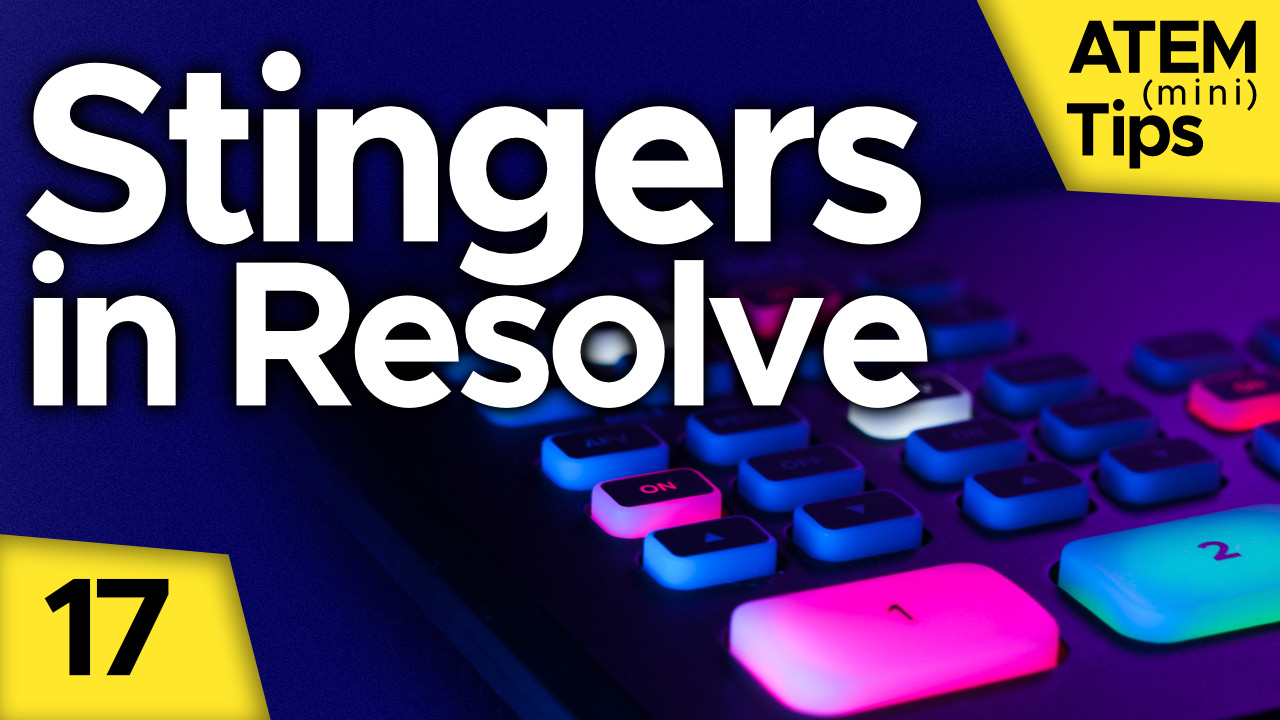
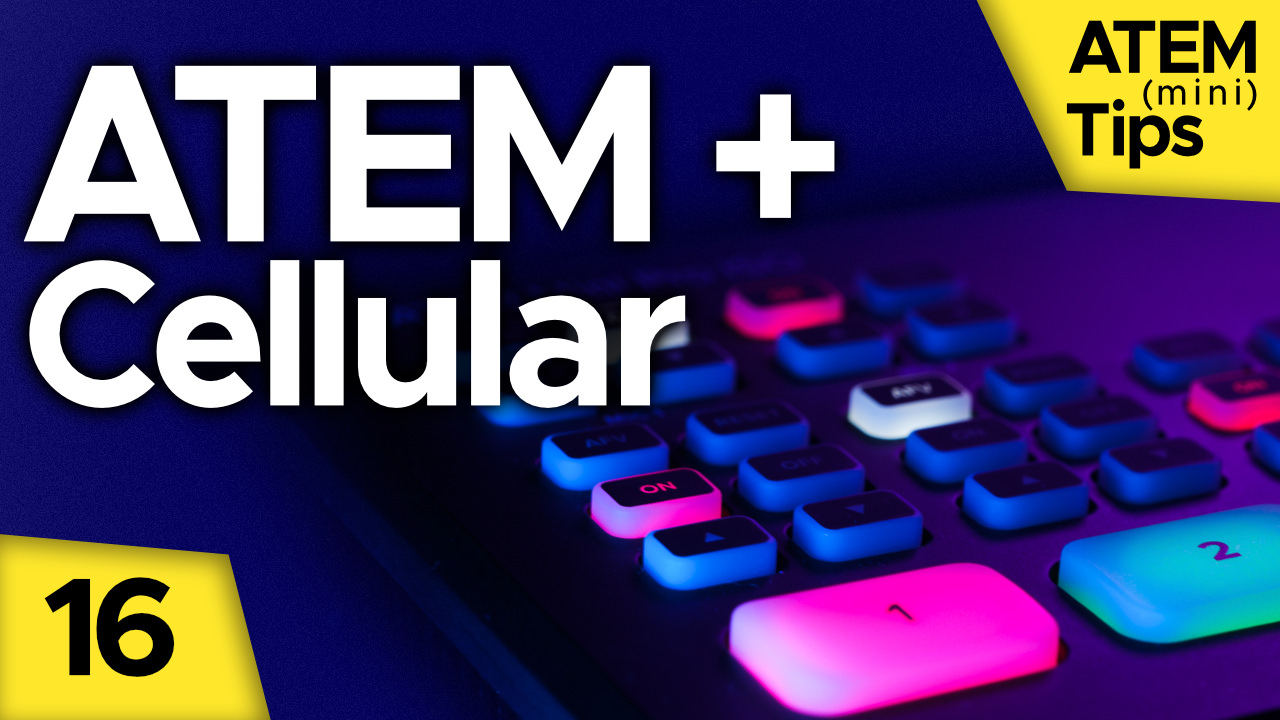
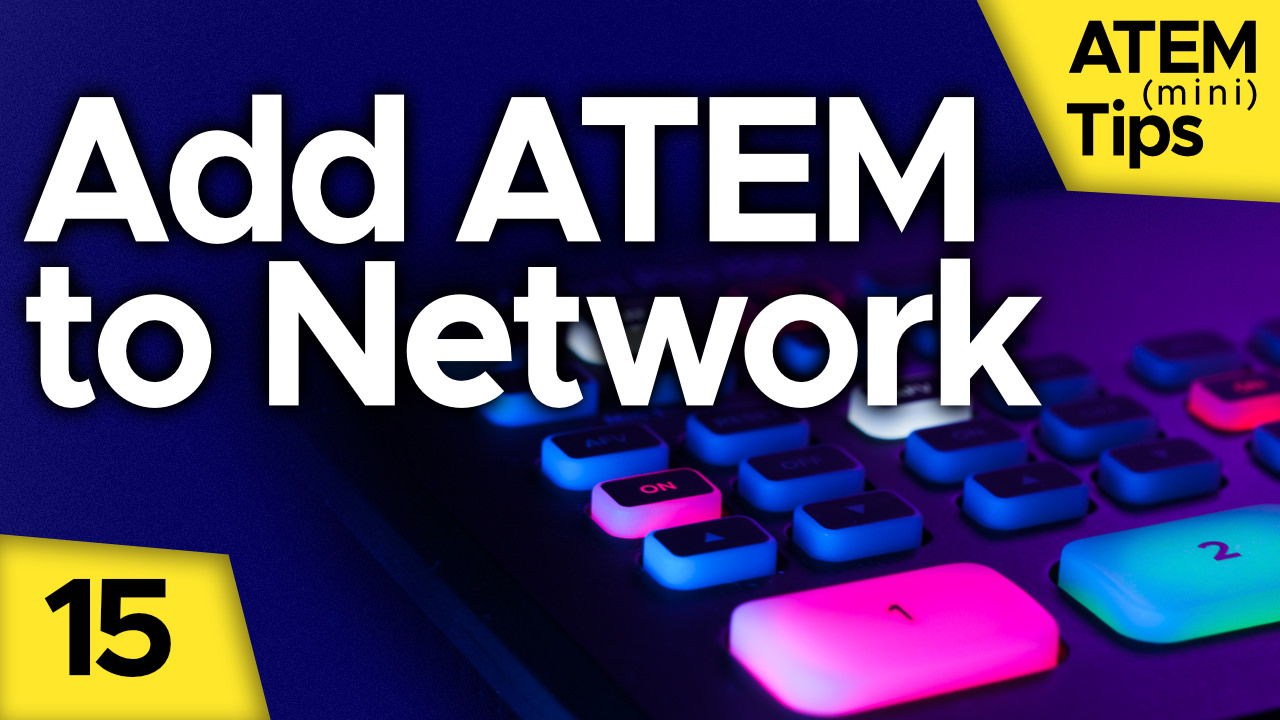
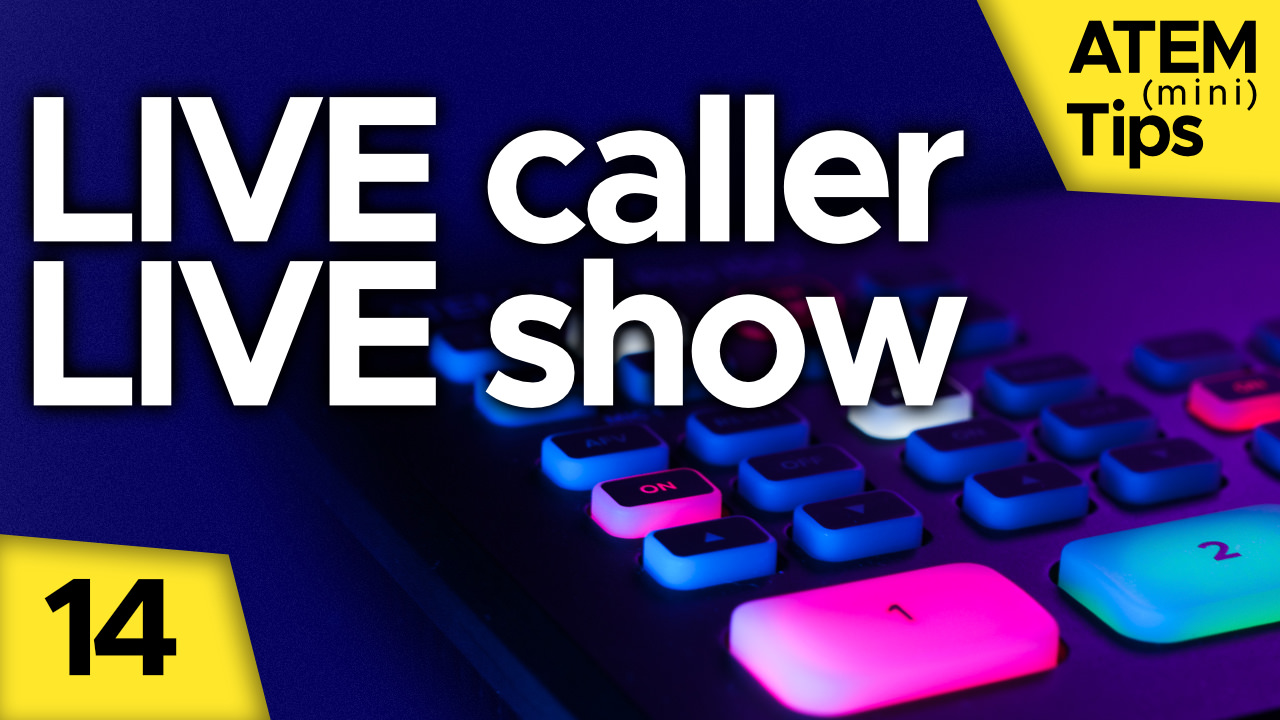
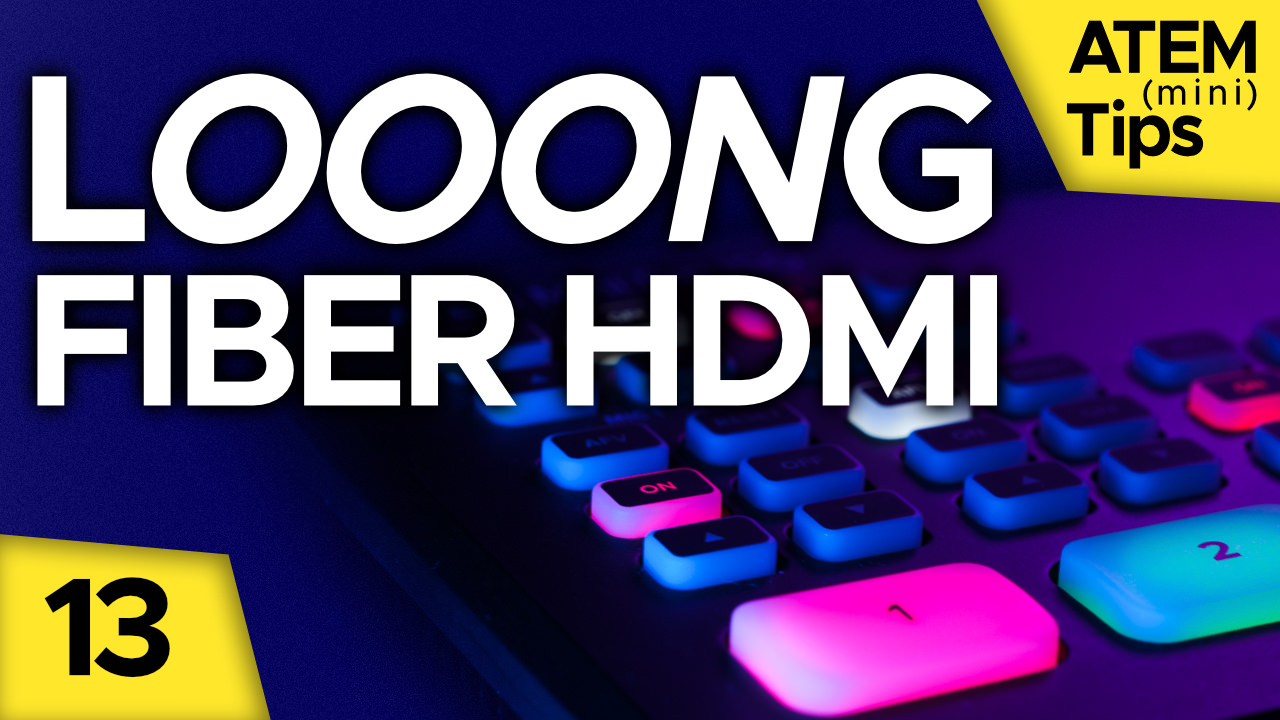
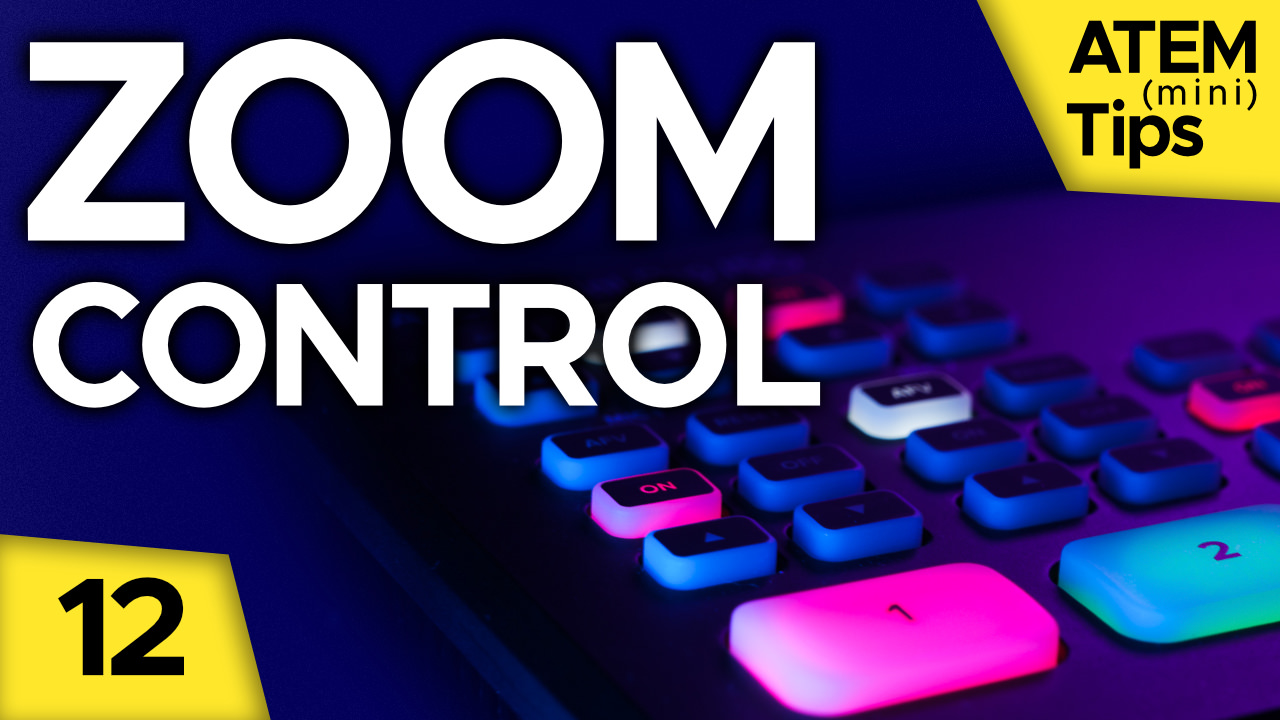
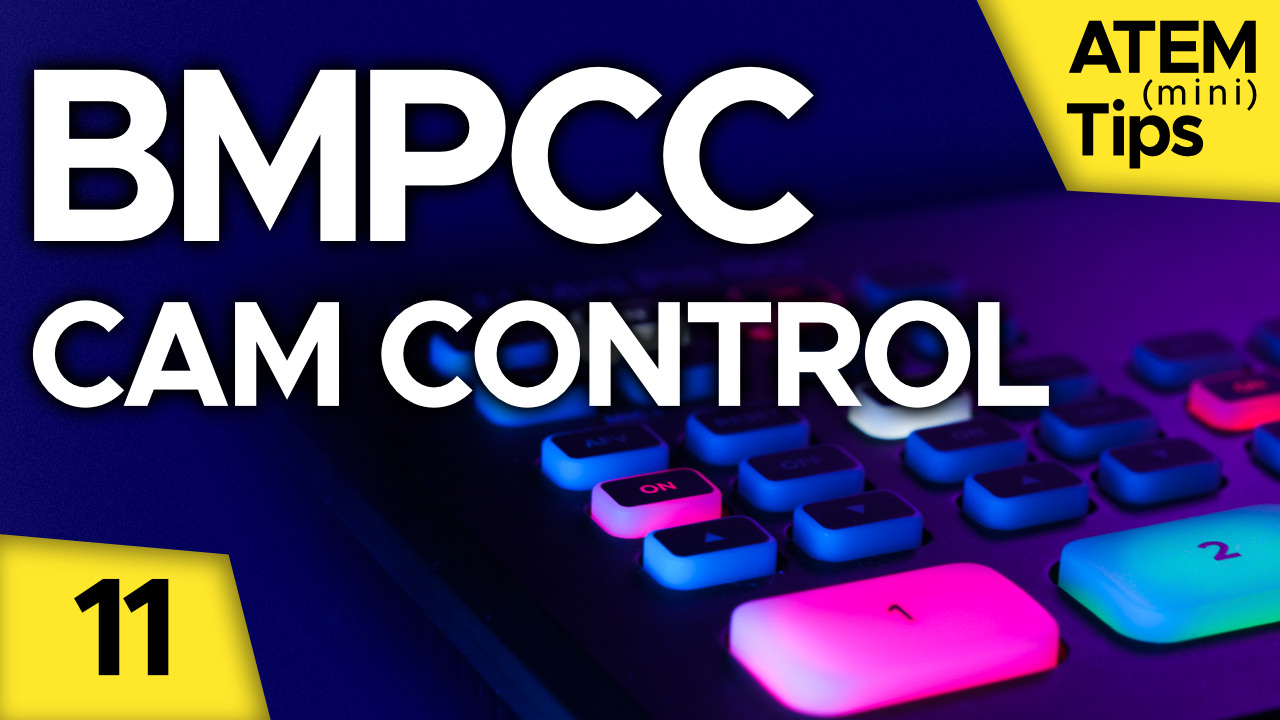
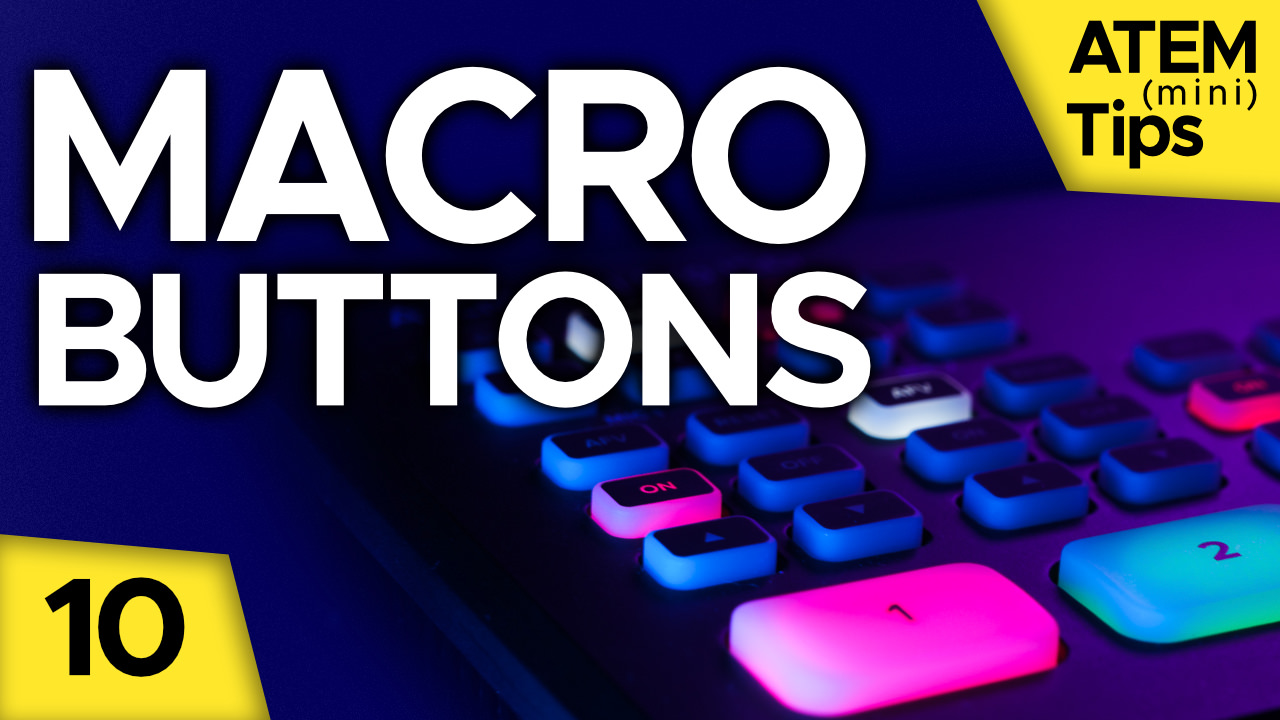
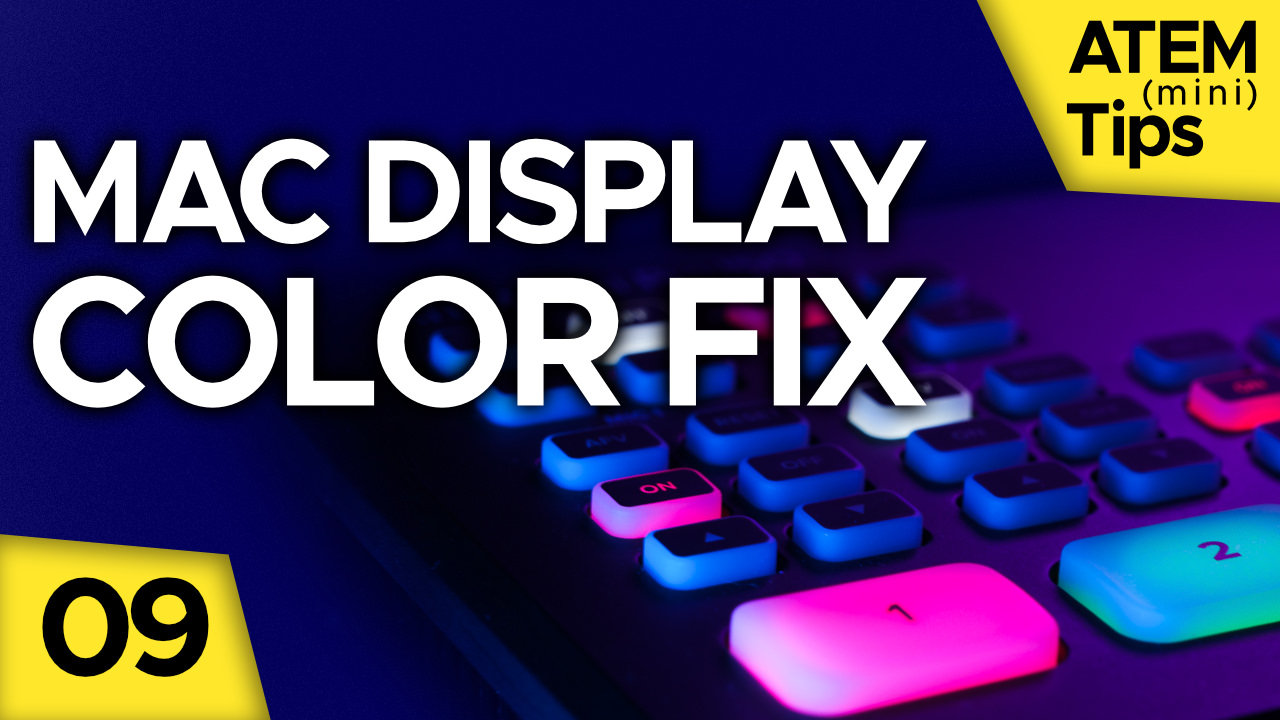

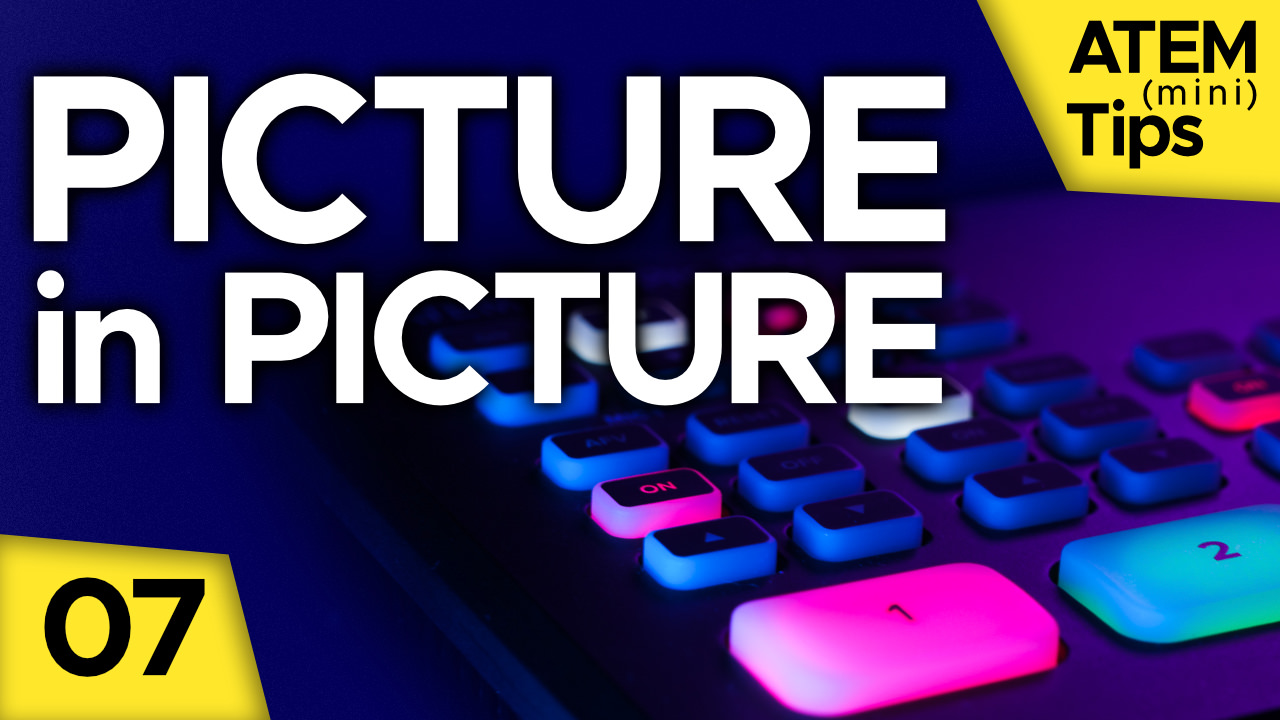
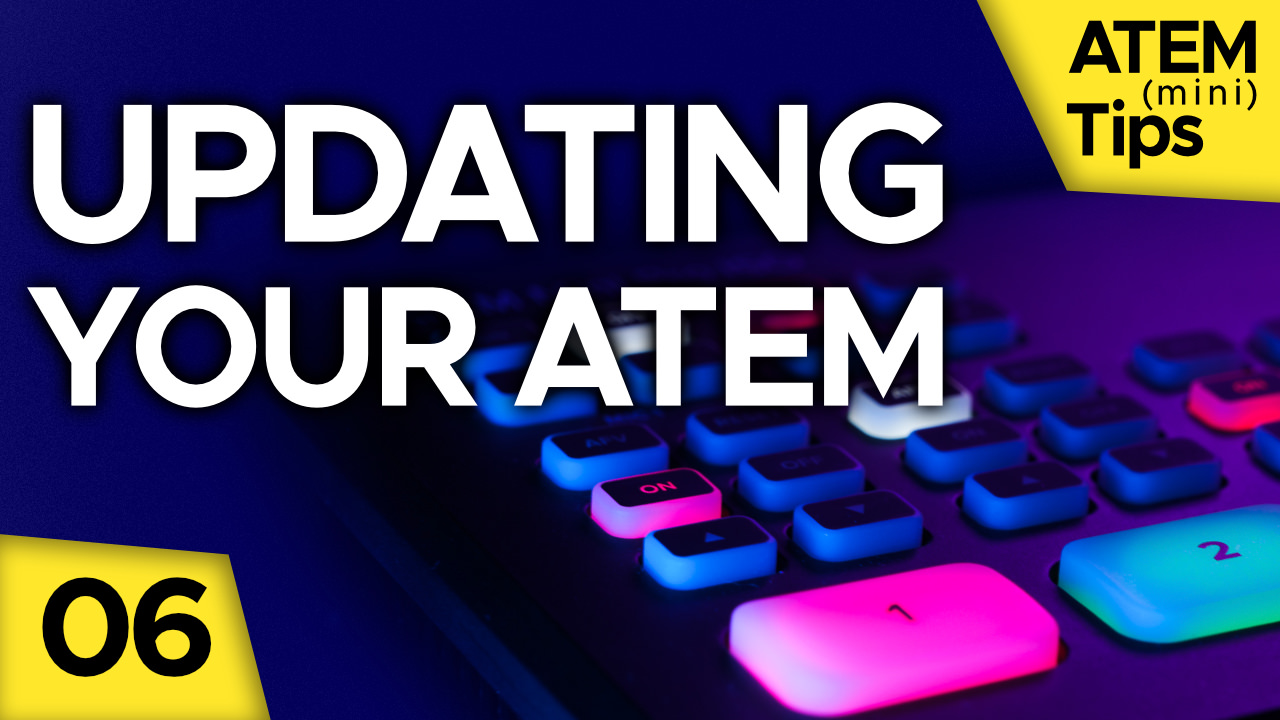
Comments from YouTube